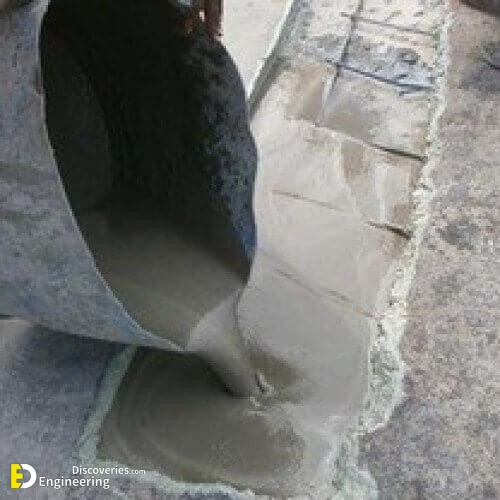Micro concrete
Micro concrete are basically polished concrete flooring which can be used in residential and commercial use. Micro Concrete is a slightly thicker surface than Micro Cement at 2-3 mm, and is ideal for tougher environments such as shops and exteriors. Like Micro Cement, you can apply Micro Concrete to interior and exterior surfaces, with no need for joins or breaks. It can be applied over existing materials and reduces the time needed for application and maintenance.
Applications
For the repair of damaged reinforced concrete elements like beams, columns, wall etc., where access is restricted and compaction is not possible.also for Jacketing of RCC columns to increase its load bearing capacity
Foam concrete
Foam concrete, also known as Lightweight Cellular Concrete (LCC), Low Density Cellular Concrete (LDCC), aircrete, foamed concrete, foamcrete, cellular lightweight concrete or reduced density concrete, is defined as a cement based slurry, with a minimum of 20% (per volume) foam entrained into the plastic mortar. As mostly no coarse aggregate is used for production of foam concrete the correct term would be called mortar instead of concrete; it may be called “foamed cement” as well. The density of foam concrete usually varies from 400 kg/m³ to 1600 kg/ m³. The density is normally controlled by substituting fully or part of the fine aggregate with foam.
Applications
A few of the applications of foam concrete are:
1- bridge approaches / embankments
2- pipeline Abandonment / annular fill
3- trench backfill
4- precast blocks
5- precast wall elements / panels
6- cast-in-situ / cast-in-place walls
7- insulating compensation laying
8- insulation floor screeds
9- insulation roof screeds
10- sunken portion filling
11- trench reinstatement
12- sub-base in highways
13- filling of hollow blocks
14- prefabricated insulation boards










